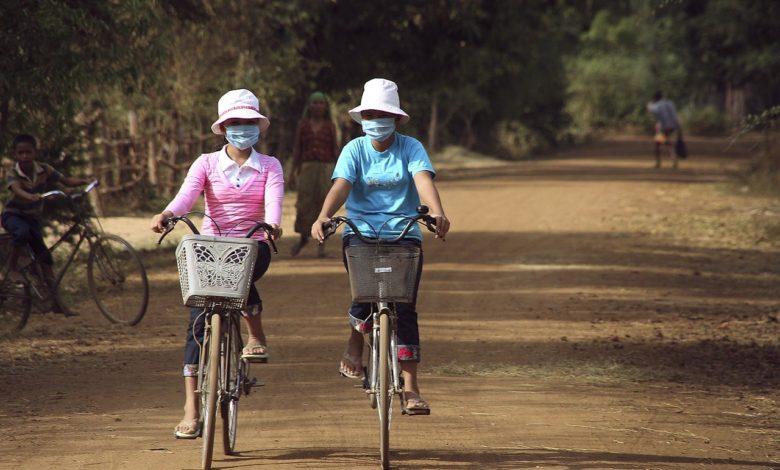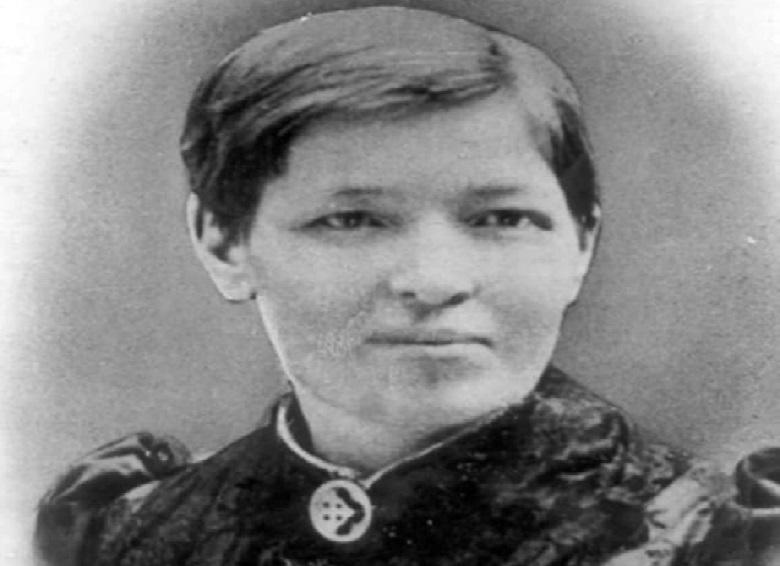Why children get less sick from coronavirus, except the youngest

Ever since the start of the corona outbreak in China at the end of December, there has been one striking observation: the virus seems to make children less ill than adults. This is also shown by a study by Chinese scientists of more than 2,000 infected children between January 16 and February 8. Their results were published this week in the scientific journal Pediatrics. Indeed, children appear to suffer less from the disease, except for the very youngest.
Of the 2,143 children (under 18 years of age) studied, approximately one third tested positive for the coronavirus. The remaining two-thirds were ‘suspected’ cases, based on the child’s symptoms, chest x-rays, blood tests, and whether the child had come into contact with persons who were known to be infected with the new coronavirus.
Slightly more than half (51%) had a mild clinical picture, with symptoms including fever, fatigue, coughing, a blocked nose, and in some children, nausea, and diarrhea. More than one third (39%) had additional symptoms, such as pneumonia or respiratory problems. Only 125 children (6%) were seriously ill, which is significantly less than in adults, where this is more than triple. Thirteen of them were in critical condition and were diagnosed with respiratory or organ failure.
According to scientists, the difference in the clinical picture between adults and children is probably a combination of different factors. First of all, children are less likely to be exposed to people who are ill. In addition, the scientists also suspect that the virus is less likely to enter children’s cells. This is because the coronavirus enters the cell typically through a ‘door’, (ACE2 receptor), which may be less developed in children. Finally, there are also the theories that children have ‘healthier lungs’, that their immune system reacts less strongly to the virus, and therefore, has less inflammation and damage. And that their bodies are still developing and may accordingly respond differently to such ‘intruders’.
Newborn hit harder
The researchers did come to a striking conclusion: as many as 60% of the children who were seriously ill appeared to be under five years old, and about half of them were infants under 12 months old. In the newborns, 11% of them fell into the categories of ‘seriously ill’ or ‘critical condition’, while in children between 1 and 5 years, this was 7%, in 6-to-10 and 11-to-15-year-olds 4%, and only 3% in teenagers over 16 years. The scientists suspect that the cause of this difference is the immune system, which cannot yet correctly perform its tasks among the youngest.
This study offers very interesting insights that can help us in making decisions, taking into account children, such as daycare or crèches. However, as always and certainly with the coronavirus: more research is required because only a relatively short period was considered and because there were many unconfirmed cases in which other viruses may have been the culprit.




